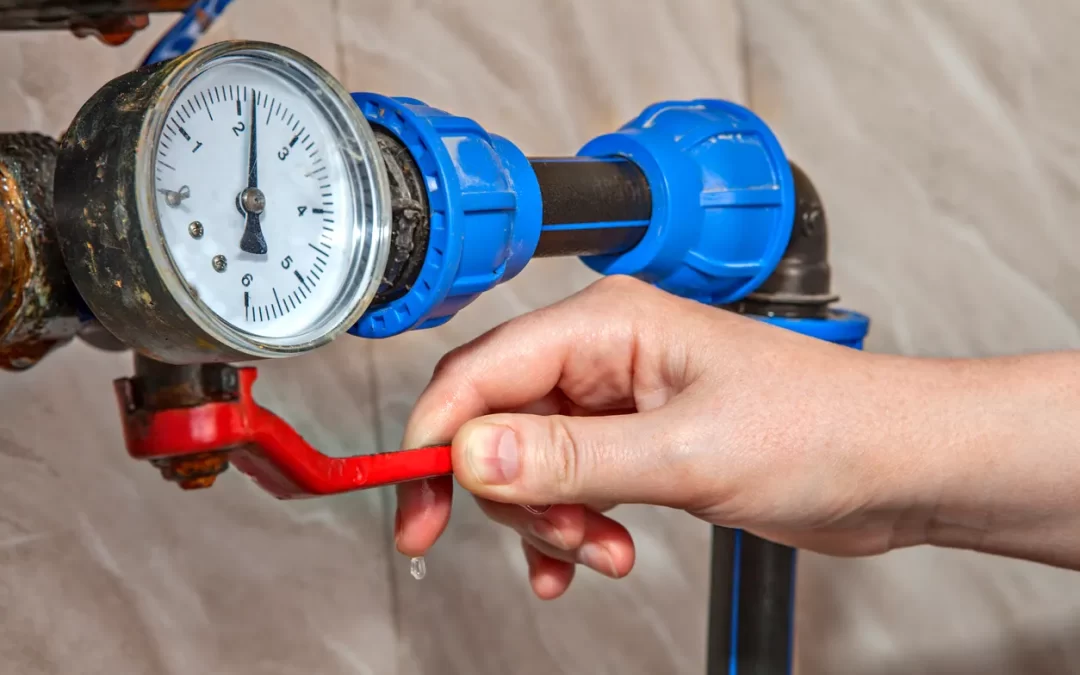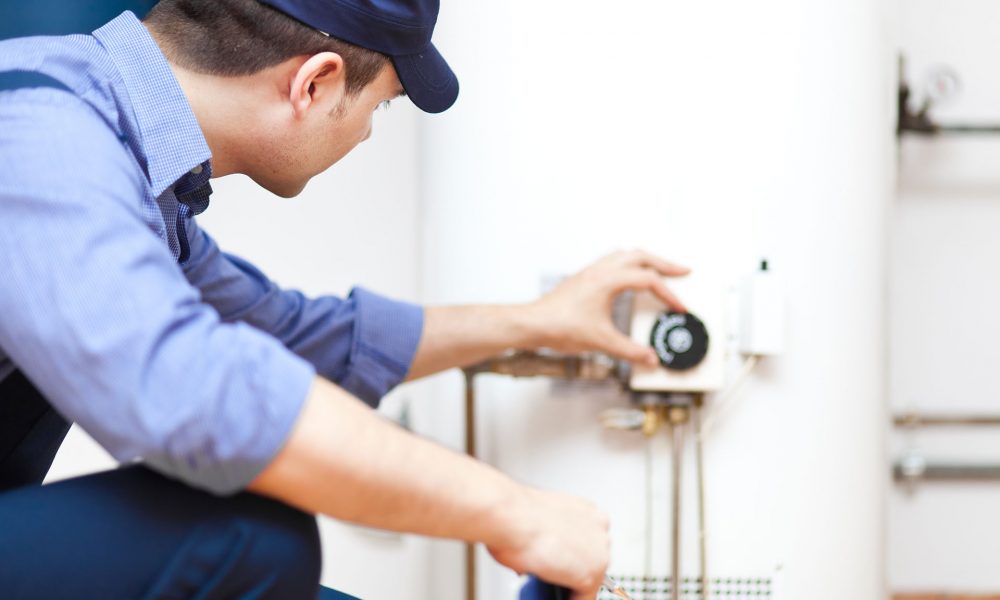There’s nothing quite as underwhelming as stepping into a shower expecting a strong flow and being greeted with a reluctant dribble.
Low water pressure isn’t just annoying – it slows you down, makes simple tasks like rinsing soap or filling the kettle feel like a waiting game, and can leave your home feeling like it’s just not functioning properly.
If you’ve ever wondered why the pressure seems poor or what you can do about it, you’re not alone. The good news? It’s often fixable, without needing to rip the walls open.
1. Ask around first
Before you go hunting for a spanner, check in with your neighbours. Are they having the same issue? If the whole street is affected, it could be a temporary drop from your water provider or routine maintenance on local mains.
If, however, it’s just your house suffering from the low pressure blues, then it’s time to start narrowing things down inside.
2. Check your stop tap
You’d be surprised how often this is the culprit. The internal stop tap (usually found under the kitchen sink or sometimes in a cupboard near the front door) might not be fully open. If it’s even slightly closed, it can restrict the flow.
What to do:
Turn the tap anti-clockwise until it stops. Don’t over-tighten. Give it a test by turning on a nearby cold tap. If the water pressure improves, that may have been the problem all along.
3. Look for leaks
“If pressure dropped suddenly or gradually over time, a leak could be to blame“, suggests Cyber Plumbers.
Leaks divert water away from where you need it, and small ones can easily go unnoticed, especially under floors or behind walls.
Signs to look out for:
- Damp patches or water stains
- Unexpected mould or mildew
- A water meter that keeps ticking when no taps are running
If you suspect a leak but can’t trace it, it might be worth calling in a local plumber with specialist detection tools.
4. Unblock taps and showerheads
Sometimes, the issue isn’t with the system at all – it’s the outlet. In hard water areas, limescale build-up can clog the small holes in shower heads and taps, weakening the flow.
How to fix it:
Remove the showerhead and soak it in white vinegar overnight. Then scrub it gently with an old toothbrush, rinse, and reinstall. If it’s still not performing well, replacing it is inexpensive and can make a big difference.
5. Test pressure around the house
Is the pressure low everywhere or just in one area? If the bathroom upstairs is poor but the kitchen tap downstairs is fine, gravity could be a factor – or poor pipe design.
You can buy a pressure gauge from most DIY stores and use it on an outdoor tap to get a rough idea of your incoming pressure. Most homes should get at least 1 bar from the mains.
Worth noting: Under AS/NZS 3500.1:2021 (clause 3.3.4), water pressure at any outlet – excluding fire services – should not exceed 500 kPa. If it does, a licensed plumber may need to install a pressure-reducing valve to stay compliant and avoid damaging your system.
6. Boiler pressure isn’t the same thing… But it matters
If you’ve got a combi boiler, low system pressure can affect hot water delivery. You’ll usually find a small gauge on the front of the boiler. It should sit around 1 to 1.5 bar when the system is cold.
If it’s dropped below that, your heating and hot water may both struggle. You can usually top up the pressure using the filling loop, but if it keeps dropping, get it checked – there may be a leak or faulty valve inside the system.
7. Consider how old the plumbing is
In older homes, the pipework might not be helping. Narrower pipes, long distances from the mains, or poor routing can all affect pressure. If you’ve recently converted the loft or added an en suite, for example, the upstairs fixtures may not be getting enough force behind them.
While you can’t re-plumb overnight, it’s something to bear in mind if you’re doing renovations. New pipework, better layout, or upgraded connections to the mains can bring everything up to speed.
8. Pumps can save the day
If your system is gravity-fed (i.e. you’ve got a cold water tank in the loft and a hot water cylinder elsewhere), a shower pump can boost pressure significantly. These work by drawing water through faster and pushing it out with more force.
For homes without tanks – like those with combi boilers – you may need a mains booster pump, which increases the pressure coming in from the external supply.
Important note: Pump installation must comply with Water Regulations, and in most cases, you’ll want a qualified plumber to do the work.
9. Clean out the cold feed
Sometimes, older homes with storage tanks develop blockages where the water enters the pipework. This can be caused by sediment or sludge settling over time. If your cold taps feel weaker than usual, it might be worth having someone inspect the feed from your tank.
This is more common in properties where tanks haven’t been maintained or lids are missing – so if yours hasn’t been checked in years, now’s a good time.
10. Consider a whole-house upgrade
If low pressure is a constant frustration and none of the usual fixes are working, it might be worth looking at a more serious solution. Unvented hot water systems, for example, use the mains to deliver hot water at pressure to every tap and shower in the house.
They require space, a bit of investment, and professional hot water installation – but they can transform your home’s plumbing.
Say goodbye to low pressure
Living with poor water pressure doesn’t have to be your reality. In many cases, a small tweak – a fully opened stop tap, a cleaned shower head, or a repaired leak – can make an immediate difference.
And where the problem runs deeper, there are still options, from pumps to complete system upgrades.
Think of it like this: water is something we rely on every single day. Getting it right makes your home feel better, more functional, and far less frustrating.
If you’ve tried the basics and still find yourself battling with poor flow, it’s worth bringing in a professional (like the tradies here at Tradie Near Me!). Sometimes, a fresh set of eyes and the right tools can fix in an hour what you’ve been tolerating for months. Get a quote today from the best Brisbane plumbers, Sydney plumbers, Melbourne plumbers or a plumber near you and enjoy fixed pricing with guaranteed workmanship.






